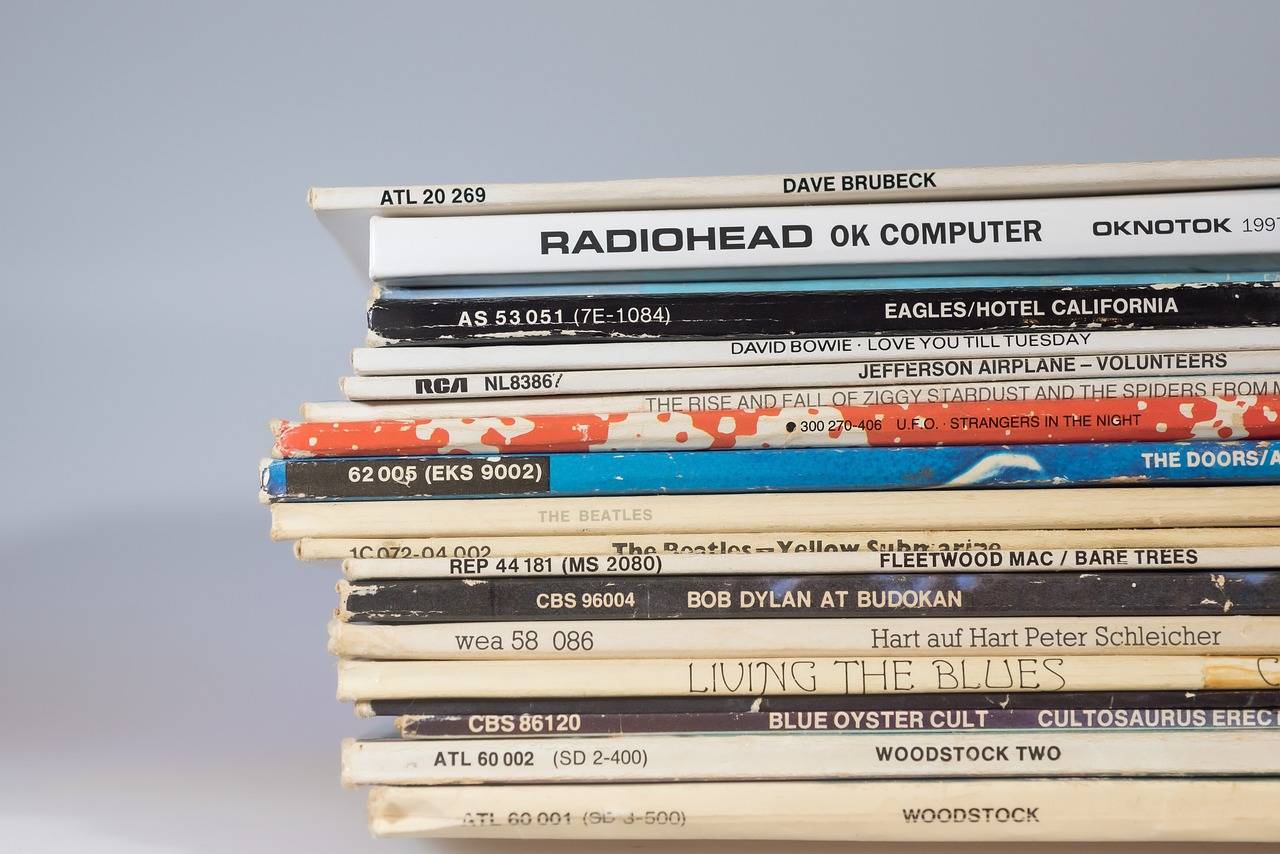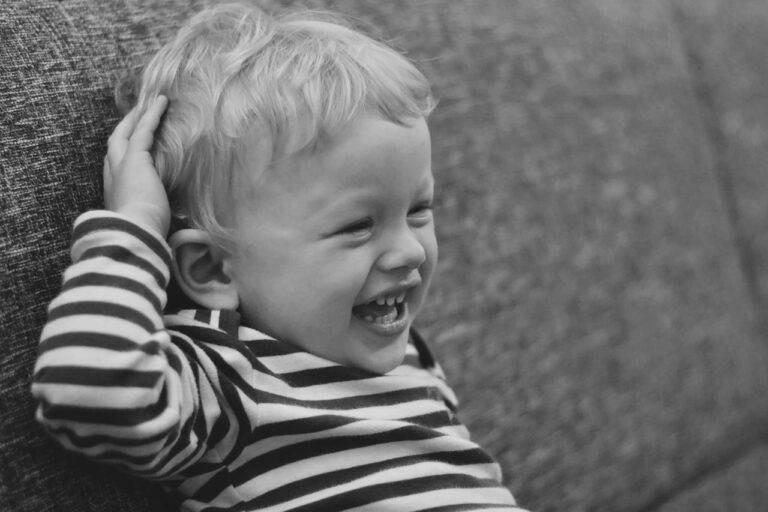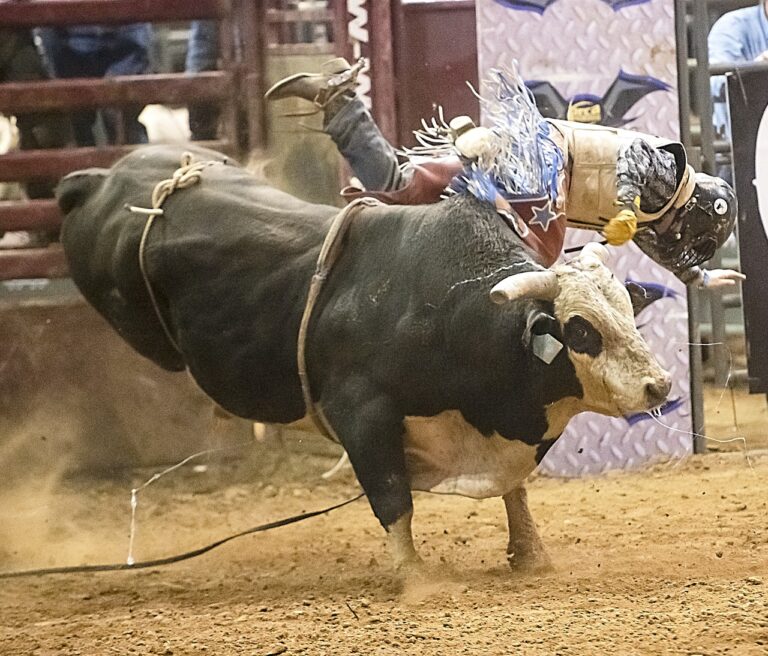The Role of Visual Effects in Creating Blockbuster Movies
Visual effects have significantly evolved in the realm of filmmaking over the years. At the advent of cinema, practical effects like matte paintings and miniatures were commonly used to create fantastical worlds on screen. These techniques required immense craftsmanship and attention to detail. However, with advancements in technology, the use of computer-generated imagery (CGI) revolutionized the way visual effects were incorporated in films. CGI allowed filmmakers to create almost any imaginable visual element, leading to a surge in the scale and complexity of visual effects seen in modern cinema.
As technology continued to progress, the boundaries of visual effects in film were continuously pushed. The use of motion capture technology, for instance, transformed the way digital characters were brought to life on screen. This technology enabled actors to embody fantastical creatures and characters with unprecedented realism and emotion. Furthermore, the integration of virtual reality and augmented reality in visual effects production has opened up new possibilities for creating immersive and interactive cinematic experiences. The evolution of visual effects in film not only showcases the technical prowess of filmmakers but also highlights the limitless creative potential of storytelling through visual mediums.
The Impact of Visual Effects on Audience Engagement
Visual effects have revolutionized the way audiences engage with films, creating visually stunning worlds that captivate viewers from the first frame to the last. These intricate and realistic effects not only enhance the storytelling experience but also serve as a powerful tool to evoke emotions and immerse the audience in the narrative. From breathtaking landscapes to thrilling action sequences, visual effects have the ability to transport viewers to fantastical realms that were once unimaginable.
Moreover, visual effects have redefined the boundaries of storytelling, enabling filmmakers to bring to life stories and characters that were previously deemed impossible to portray on screen. By seamlessly blending practical effects with digital wizardry, filmmakers are able to push the limits of creativity and deliver visually dynamic and compelling narratives that resonate with audiences on a deeper level. The impact of visual effects on audience engagement is undeniable, as it allows for a more immersive and unforgettable cinematic experience that leaves a lasting impression on viewers long after the credits roll.
The Process of Incorporating Visual Effects into Movie Production
Visual effects have become an integral part of modern filmmaking, enhancing storytelling and creating immersive cinematic experiences. The process of incorporating visual effects into movie production begins with collaboration between filmmakers, directors, and visual effects artists. This collaboration is essential to ensure that the visual effects seamlessly blend with the live-action footage and serve the narrative of the film.
In pre-production, visual effects supervisors work closely with the director and production team to plan out the visual effects sequences and determine the technical requirements needed for each shot. This meticulous planning stage is crucial to ensure that the visual effects align with the overall vision of the film and are executed seamlessly during production and post-production. Additionally, thorough communication and coordination between departments are key to successfully integrating visual effects into the movie production process.
What are visual effects in film?
Visual effects in film are the various techniques and technologies used to create imagery that cannot be achieved through practical effects or live action alone.
How have visual effects evolved in the film industry?
Visual effects have evolved significantly over the years, from the early days of using practical effects like miniatures and matte paintings to using computer-generated imagery (CGI) and motion capture technology in modern films.
How do visual effects impact audience engagement?
Visual effects play a crucial role in enhancing the audience’s viewing experience by creating immersive and fantastical worlds, bringing characters to life, and adding excitement and spectacle to the storytelling.
What is the process of incorporating visual effects into movie production?
The process of incorporating visual effects into movie production involves pre-production planning, on-set supervision, post-production editing and compositing, and collaboration between directors, producers, visual effects artists, and other crew members.





